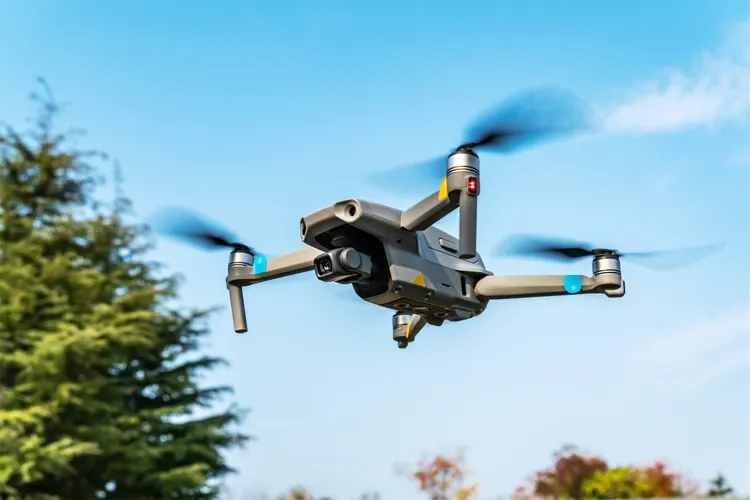The militaries of the United States, United Kingdom, and Australia tested unmanned aerial vehicles operated by artificial intelligence that successfully destroyed ground targets.
The three nations, which maintain a security alliance to protect their interests in the Indo-Pacific, announced last week that the “ground-breaking exercise” demonstrated that they can successfully exchange data and controls by means of “several drones from each nation operating together in the same airspace to achieve a common outcome,” according to a press release from the United Kingdom Defence Science and Technology Laboratory.
Personnel tested sensor systems in land, maritime, air, and cyber environments in order to “minimize the time between sensing enemy targets, deciding how to respond, and responding to the threat,” according to another statement from the United States Department of Defense.
“Once matured and integrated into national platforms, these new sensing systems will yield more reliable data that commanders can use to make optimal decisions and service members to act more quickly against kinetic threats, all while enabling seamless joint and combined military operations involving multiple services and nations,” the statement continued.
Robert Sadowski, chief roboticist for the United States Army, said in one video about the effort that British systems could “look ahead,” while Australian sensors could conduct “verification or strike” and American sensors could “tip and cue” to direct threat neutralization.
American military officials have increasingly prioritized developing drones in recent years, as well as weapons systems capable of guarding expensive assets from drone attacks.
The announcement of the joint artificial intelligence drone operations indeed comes one month after the successful test of an American drone that can fly for at least three days straight, presenting new opportunities for American intelligence operators to collect information.




